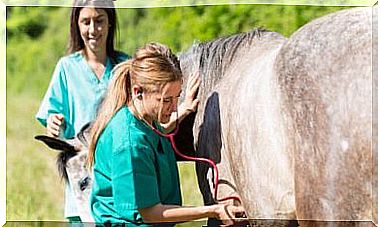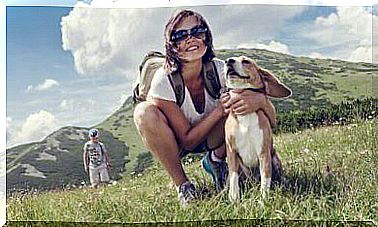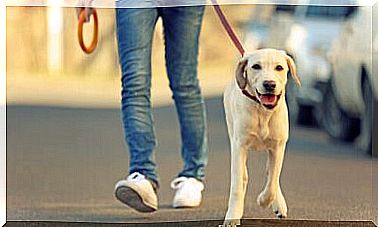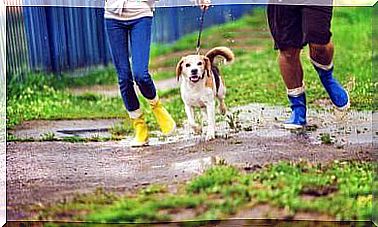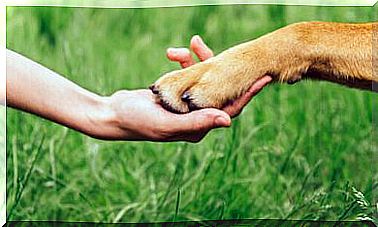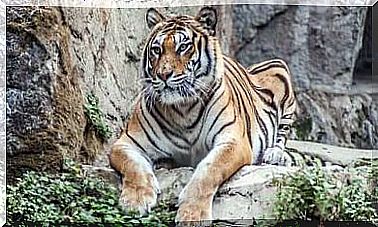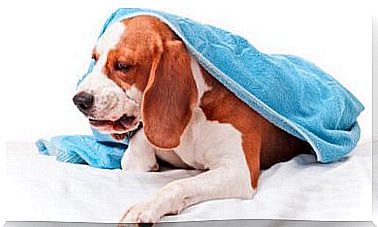Differences Between The Alaskan Malamute And The Siberian Husky
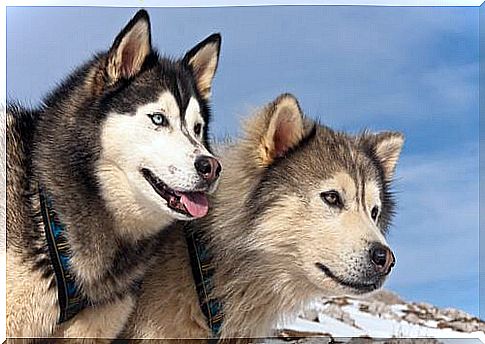
Although the Alaskan Malamute and the Siberian Husky consider themselves Nordic dogs used to pull sleds, they differ in various aspects such as origins, size, eyes, coat and character.
The Alaskan Malamute and the Siberian Husky are very different, although they both live in the snow, pull sleds, and have a wolf-like appearance.
In this article we will tell you about the differences between the Alaskan Malamute and the Siberian Husky.
What are the differences between the Alaskan Malamute and the Siberian Husky?
Both breeds belong to group 5, within the denomination of Nordic sled dogs. If you are considering adopting them, you should know that they need to do a lot of daily physical activity and that they can’t stand high temperatures.
At first glance it could be said that they are the same, although the Alaskan Malamute and the Siberian Husky have several differences:
1. Origins
From their name you can know where they come from. The Malamute originated in western Alaska, within the Inuit tribe, at the end of the 19th century. With the gold rush many began to adopt it and, as a result, it is so popular in Canada and the United States.
The Husky instead was born in a cold and sparsely populated area of Siberia, thanks to the Chukchi tribe. For them, having one of these wolf dogs as a helper was a pride, a symbol of strength and power.
2. Use
From the very beginning, both breeds have been used when hunting and for transporting food, wood and even sleds. However, the Husky also had other tasks: to give warmth and protection to women and children during the night snows and to accompany the owners for long journeys thanks to its physical endurance.
3. Dimensions
One of the main differences between the Alaskan Malamute and the Siberian Husky is the size. Both are sturdy and large, although the former is taller and heavier: 63 cm at the withers and 35 kg in weight. The native of Siberia, on the other hand, does not exceed 60 cm in height or 30 kg in weight.
4. Eyes
Undoubtedly, many specimens have light, blue or green eyes, or may also have an iris of a different color from the other. The Alaskan Malamute always has dark eyes, both black and brown.

5. Head
At first glance, the Alaskan Malamute has a larger, square head than the Husky, although it blends in with the rest of the body. Both dogs have a mostly white muzzle, with dark lines as if they had a mask. They also appear to have a cap in the forehead and skull area, which is darker than the muzzle.
Another difference is found in the ears: those of the Malamute are smaller and wider at the base, while those of the Siberian are more elongated. In both the shape is triangular and pointed.
6. Hair
Although both dogs have a double coat that can be of different colors (white, gray, brown, black or reddish), in the Alaskan Malamute the coat is longer and rougher to the touch. The Siberian Husky, on the other hand, has a very soft coat of medium length.
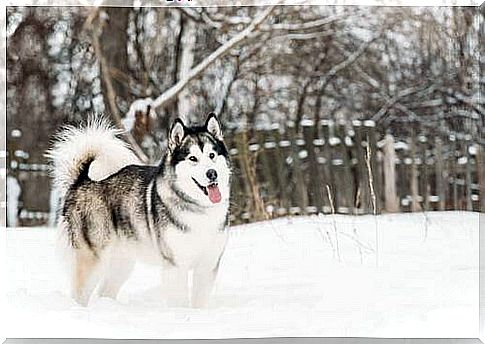
7. Character
The American race is very obedient with the whole family; he loves being in the middle of the group surrounded by other animals and people.
In turn, it is characterized by a noble aspect, loyalty and devotion. If he is trained from a young age he will never disobey an order.
As for the Russian dog, it is a gentle, affectionate, friendly and outgoing animal, which can be aggressive towards people it does not know or when it is out of the house.
He prefers to be surrounded by other dogs, he is very intelligent, docile and needs stimulation not only on a physical level, but also on a mental level. For this, Agility games are perfect for Husky.
Finally, there aren’t many differences between the Alaskan Malamute and the Siberian Husky when it comes to health.
Both suffer from hip dysplasia and eye problems, such as cataracts. Neither can stand the heat, and they can get overweight if they overeat and don’t exercise.
